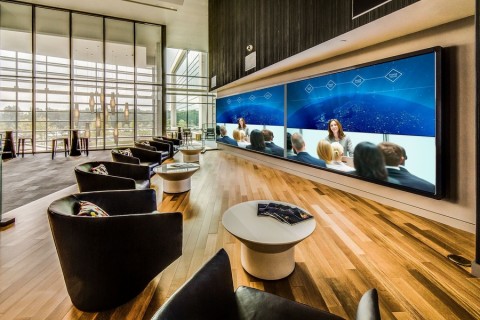A Pro Guide For Tips For Select the Perfect Surveillance System to Meet Your Safety Requirements
As it pertains to guaranteeing safety and security, selecting the right CCTV system is crucial. CCTV television (CCTV) systems are widely used for monitoring in various settings, including homes, businesses, and public areas. These setups assist observe actions, discourage crime, and offer important proof in the event of occurrences. Comprehending the various elements and features of CCTV systems can help individuals and entities formulate knowledgeable choices that most satisfy their safeguarding needs.One of the first considerations when choosing a CCTV setup is the kind of surveillance devices needed. There are numerous varieties of devices on the market, such as dome cameras, bullet cameras, and PTZ (pan-tilt-zoom) devices. Bulb cameras are often used for indoor surveillance due to their discreet design, while projectile devices are more noticeable and are typically used outdoors. PTZ devices provide the ability to magnify in on specific locations and can be operated from a distance. Evaluating the specific environment and the locations that require monitoring will help determine which kind of camera is most suitable.
Another crucial consideration to consider is the resolution of the devices. Higher clarity cameras provide sharper images, which can be essential for recognizing individuals or details in a setting. Common clarities include standard definition (SD), high resolution (HD), and superior definition (UHD). Although increased resolution cameras may arrive at a higher cost, they can significantly improve the effectiveness of a surveillance setup. It is also crucial to consider the lighting conditions in the location being observed, as some cameras are better suited to handle dim situations than alternative options.
Storage options are also a critical component of CCTV systems. Footage recordings can take up a significant amount of space, so it is crucial to choose a system with sufficient storage options. Many systems offer online options, which enables for remote retrieval to recordings and can provide additional security in case of burglary or damage to the physical device. Alternatively, local storage, such as electronic footage devices (DVRs) or network video recorders (NVRs), can be employed. Understanding the storage requirements based on the quantity of devices and the desired retention period for footage is vital for efficient monitoring.
Lastly, the installation and upkeep of the CCTV setup should not be overlooked. Professional installation can guarantee that devices are placed in security camera installation for art galleries optimal locations for maximum surveillance. Additionally, routine maintenance is necessary to maintain the system operating effectively. This entails inspecting device positions, wiping lenses, and ensuring that software is current. Some systems also offer remote surveillance features, enabling operators to access live footage from their mobile devices or computers. This feature can offer reassurance and improve the general efficacy of the security setup.

In summary, choosing the perfect CCTV setup requires careful consideration of various factors, such as device kinds, clarity, capacity choices, and setup. By understanding these components, individuals and organizations can select a setup that efficiently meets their security requirements. A well-planned CCTV setup not only assists discourage crime but also provides valuable proof when necessary, making it an essential investment for safety and security.